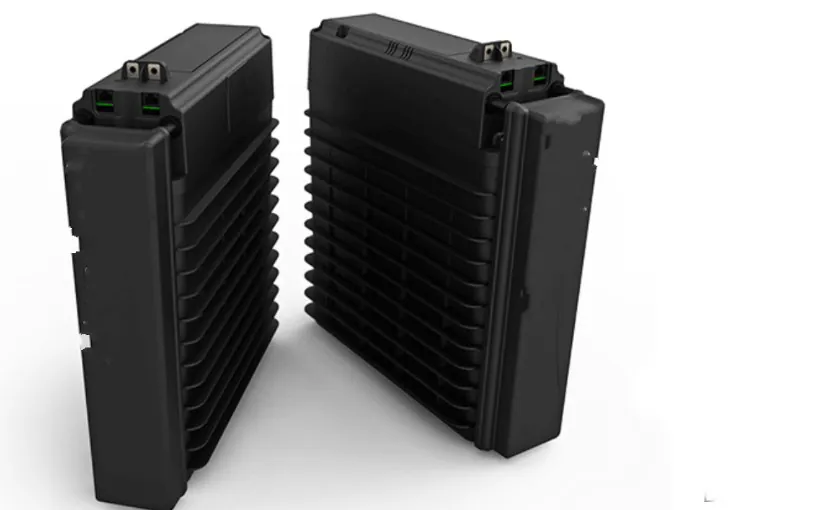Rechargeable Zinc Air Batteries: Potential and Market Evolution

Introduction
The Zinc Air Battery Market is gaining significant traction as the world shifts toward safer, cost-effective, and sustainable energy storage solutions. Zinc air batteries use oxygen from the air as a cathode reactant and zinc as the anode, making them lightweight, energy-dense, and environmentally friendly. Known for their high energy-to-weight ratio, long shelf life, and non-toxic composition, zinc air batteries are increasingly being adopted in hearing aids, medical devices, military equipment, remote sensors, and emerging electric mobility applications. As concerns rise over the cost, flammability, and resource limitations of lithium-ion batteries, zinc air technology is being explored as a promising alternative for scalable energy storage, especially for grid backup and renewable energy integration. The growing focus on sustainability, energy security, and circular battery design is accelerating R&D and commercialization of rechargeable zinc air battery systems.
Market Drivers
Rising demand for safe, eco-friendly, and economical battery technologies is a major driver of zinc air battery adoption. Zinc is abundant, widely available, and cost-efficient compared to lithium, making zinc air systems attractive for mass deployment. The batteries offer high energy density, making them ideal for hearing aids, portable electronics, and medical devices. Increasing renewable energy penetration and the need for long-duration energy storage are accelerating interest in zinc air systems for grid applications. Safety advantages—no risk of thermal runaway, fire, or explosion—support adoption in consumer and industrial uses. Government initiatives promoting green batteries and circular economy models are encouraging manufacturers to invest in zinc-based energy storage. Additionally, research advancements in rechargeable zinc air batteries are opening pathways for potential use in electric mobility.
Market Challenges
One of the major challenges is the limited commercialization of rechargeable zinc air batteries due to issues related to electrolyte stability, cathode durability, and reversibility of oxygen reactions. While primary (non-rechargeable) zinc air batteries are widely used, secondary (rechargeable) models still face technical hurdles in cycle life and efficiency. Performance may degrade in dry or extremely humid conditions, affecting oxygen intake and battery output. Energy density, although high for weight, is lower by volume compared to lithium-ion, limiting compact design applications. Lack of charging infrastructure and limited awareness of zinc air technology restrict adoption beyond niche applications. Competition from established battery technologies such as lithium-ion, nickel-metal hydride, and solid-state batteries may slow market penetration. Scaling manufacturing and standardization remain challenges for emerging players.
Market Opportunities
Technological advancements in rechargeable zinc air battery chemistry present significant growth opportunities. Innovations in catalysts, electrolytes, and air electrodes are enhancing efficiency and cycle life, making the technology viable for electric vehicles, drones, and robotics. Zinc air batteries offer strong potential for stationary energy storage systems supporting solar and wind energy, thanks to their low cost and long-duration discharge capability. Portable and off-grid applications—including remote sensors, IoT devices, and emergency backup systems—present additional growth avenues. The medical sector continues to provide reliable demand, especially for hearing aids and implantable devices. Growing interest in sustainable and recyclable batteries opens opportunities for zinc air systems due to their low environmental impact. Strategic partnerships between battery developers, automakers, and grid energy suppliers can accelerate commercialization.
Regional Insights
North America leads the Zinc Air Battery Market due to strong R&D investments, advancement in rechargeable battery technologies, and adoption in medical and defense applications. The U.S. shows strong focus on zinc-based storage for renewable energy integration. Europe follows with emphasis on sustainable energy storage, supported by environmental regulations and circular battery initiatives in Germany, the UK, and the Nordic countries. Asia-Pacific is a rapidly growing region driven by increasing demand for hearing aids, portable electronics, and energy storage solutions in China, Japan, South Korea, and India. China is investing in zinc-based energy storage technologies as part of its renewable expansion. The Middle East shows emerging interest, particularly for off-grid and backup applications. Latin America and Africa present untapped market potential for low-cost zinc air storage systems to support rural electrification and microgrids.
Future Outlook
The future of the Zinc Air Battery Market will be shaped by breakthroughs in rechargeable technology, sustainable materials, and large-scale energy storage adoption. Advancements in air electrode catalysts, solid-state electrolytes, and battery design will improve rechargeability, efficiency, and cycle performance. Zinc air batteries are likely to emerge as a competitive solution for long-duration grid storage, complementing lithium-ion for renewable balancing and peak-shaving applications. Compact and high-capacity zinc air systems may find use in electric two-wheelers, lightweight mobility, and drones. Recycling initiatives and low-carbon battery manufacturing will strengthen zinc air’s sustainability proposition. Over the next decade, zinc air batteries have the potential to transform into a mainstream, eco-friendly battery technology supporting global clean energy goals.
Conclusion
The Zinc Air Battery Market is expanding as industries seek safer, cost-effective, and sustainable alternatives to conventional battery technologies. While challenges exist in commercializing rechargeable zinc air systems, ongoing research, material innovation, and the rising need for long-duration energy storage are accelerating market growth. Zinc air batteries offer strong advantages in medical devices, portable electronics, and emerging grid storage applications. Companies investing in R&D, strategic partnerships, and scalable manufacturing will play a key role in shaping the future of zinc air technology. As sustainability and energy security become global priorities, zinc air batteries are positioned to contribute meaningfully to the next generation of green energy storage solutions.
- Art
- Causes
- Crafts
- Dance
- Drinks
- Film
- Fitness
- Food
- Jocuri
- Gardening
- Health
- Home
- Literature
- Music
- Networking
- Alte
- Party
- Religion
- Shopping
- Sports
- Theater
- Wellness



